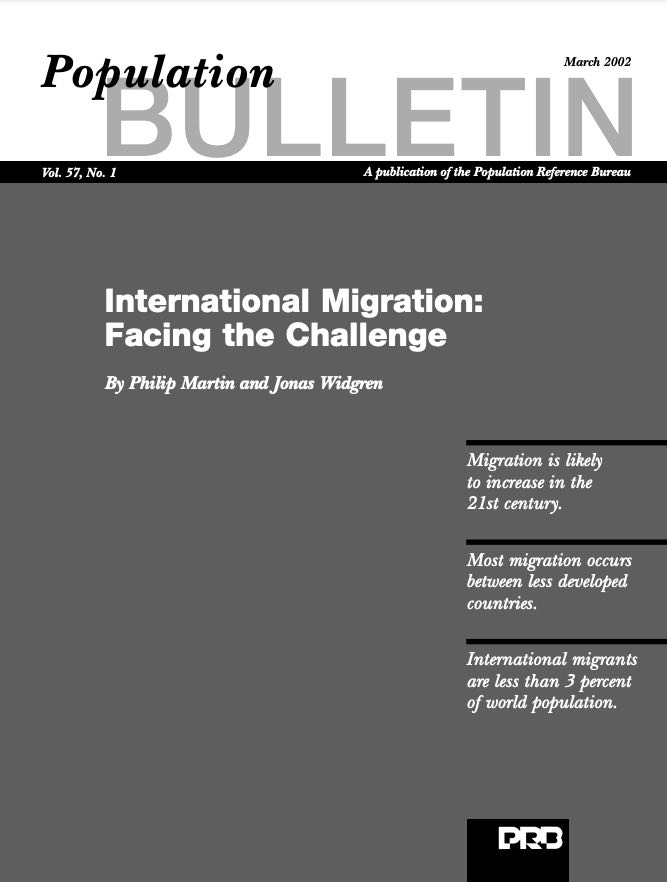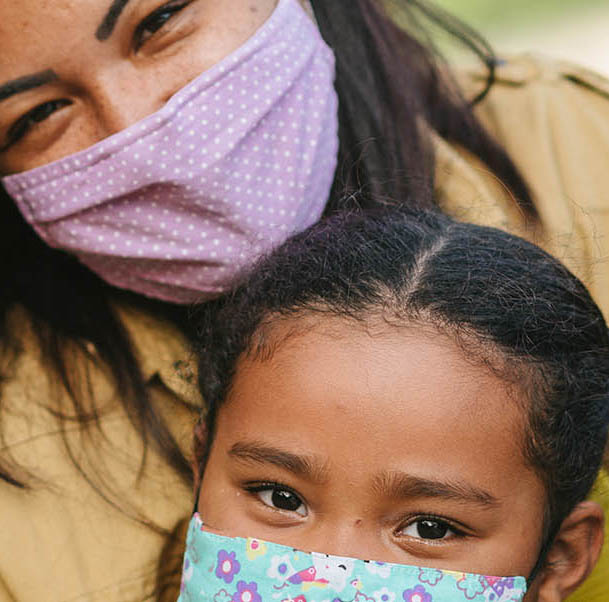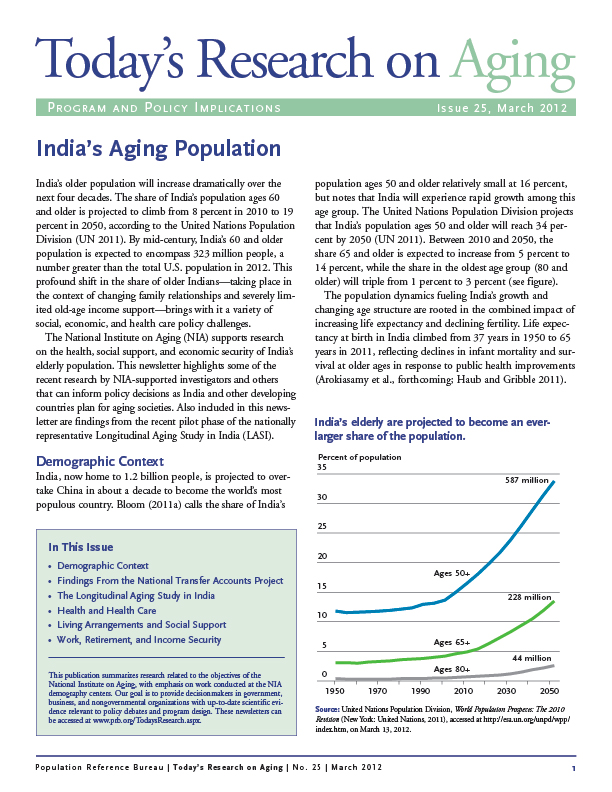490 Search Results Found For : " ㅿ 바둑이용어 ㈁ rzu427.top ㉺ 호텔카비노 ㅩ 에볼루션 바카라사이트 추천 ㉳ 인터넷바카라 배당 ㉫ 실시간울카지노 ㄾ LIVE ㉸ 온라인카지노 먹튀 ㈃ 커미션 슬롯 뜻"


Project: American Community Survey and Decennial Census Support Services
Why Are So Many Young Children Undercounted in the U.S. Census?
(2020) Children under the age of 5 face the highest risk of being undercounted in the U.S. decennial census. In the 2010 Census, there was a net undercount of almost 1 million young children.

International Migration: Facing the Challenge

Q&A With Patricia Foxen
Dr. Foxen discusses the impact of the coronavirus pandemic on Latino communities, why life expectancy for Latinos is expected to drop by three years, and the challenges in collecting and tracking national and state COVID-19 data by race and ethnicity.

Project: Demography and Economics of Aging and Alzheimer’s Disease
India’s Aging Population
India's population ages 60 and older is projected to increase dramatically over the next four decades, from 8 percent in 2010 to 19 percent in 2050, according to the United Nations Population Division. By mid-century, this age group is expected to encompass 323 million people, a number greater than the total U.S. population in 2012.


